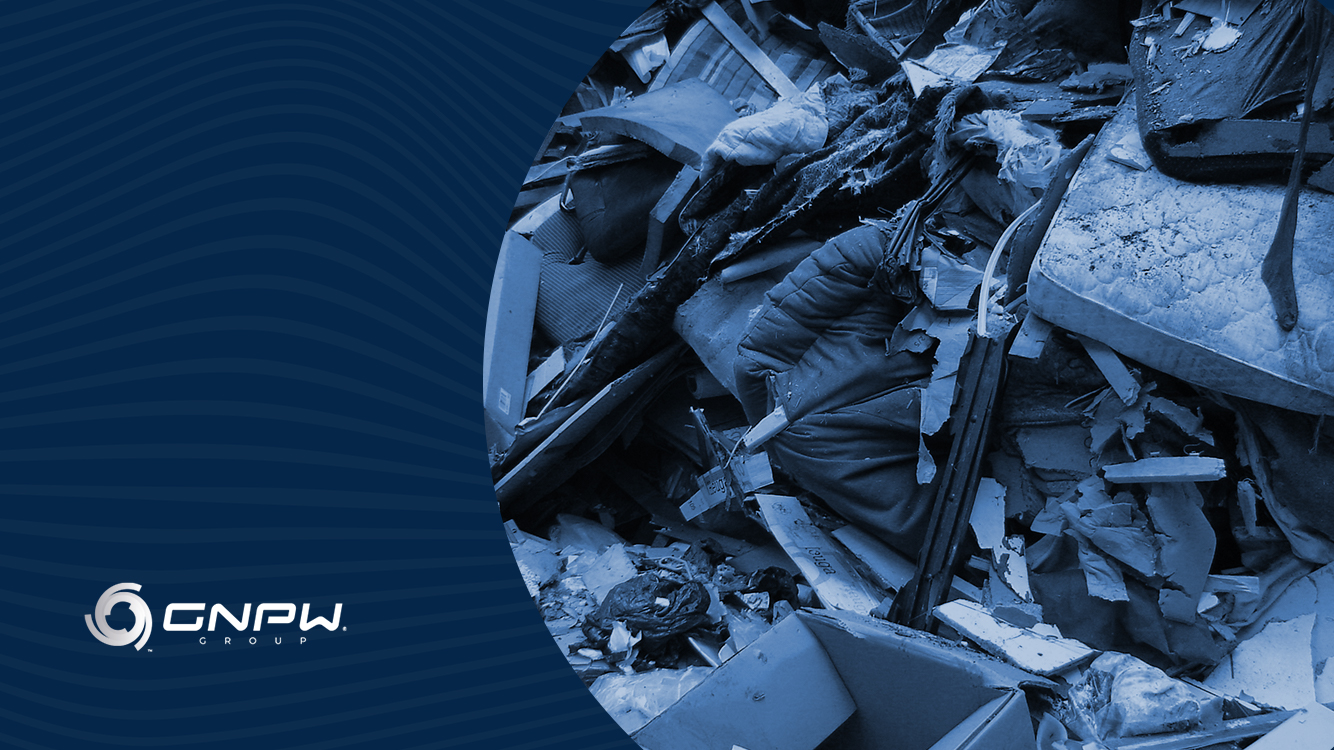Fuel derived from waste is a technological alternative that stimulates the market and brings great benefits to the environment!
Do you know what refuse-derived fuel is? The RDF is a fuel derived from materials that cannot be used in the biodigestion process, and are used to feed industrial ovens. This type of garbage is crushed in specific machines, managing to reuse everything that is neither organic nor recyclable.
In practice, this waste becomes fuel for these machines, creating a new value chain and stimulating the circular economy. Thus, waste from selective collection that would have no other purpose, can become fuel. This encourages a reduction in the use of fossil fuels, such as coal and, consequently, reduces the emission of CO2 into the atmosphere. To better understand, read the content to the end!
What is waste fuel?
Before becoming fuel, the residues are separated into non-hazardous urban and industrial solids, being screened in order to have the best ratio between dry and wet materials.
Typically, these commercial wastes are composed of plastic, paper, textiles, wood, minerals and composite packaging. Thus, as they have a high calorific value, they are used in the incineration of boilers for the production of cement, lime or even used in power plants powered by alternative fuels.
After crushing, the material is sieved and separated by means of the air classifier. Then, the ferrous and non-ferrous materials are separated, ending in the separation using optical sensors with NIR technology (spectrometry close to infrared).
One of the advantages of its use is the possibility of reusing a material that would not have a recycling purpose, helping to adapt the company to the National Solid Waste Policy (PNRS). Due to the high calorific value of the waste, the materials are completely destroyed, without generating environmental liabilities.
How do these initiatives stimulate a circular economy?
Companies, society and governments have been looking for alternatives to “Reduce, Reuse and Recycle” garbage over the years. According to the United Nations (UN), the seven billion inhabitants of the world produce 1.4 billion tons of solid urban waste (MSW). An average of 1.2 kg of garbage per day per capita. In other words, the problem is global and it is essential that initiatives are encouraged to reduce the generation of waste and increase the useful life of each material. This change in habit creates a circular economy.
In a linear economy, it is common for economic growth to stimulate resource consumption, making this model unsustainable in the long run. In the case of the circular economy, the idea that matter has an end is replaced, proposing actions to reduce, reuse, recover and recycle materials and energy, in a continuous process, as occurs in natural ecosystems.
Therefore, in the case of materials that cannot be recycled, there is the processing that generates the fuel derived from waste. Thus, the model becomes an alternative to give a new cycle to the material, not only helping to preserve the environment, but also stimulating the economy.
A resolution signed in 2020 by Cetesb (Environmental Company of the State of São Paulo) established guidelines and conditions for the licensing of CDR preparation units and the activity of generating energy from this material. The resolution also expanded the possibilities of using this type of fuel, hitherto restricted to cement kilns, boilers and biomass plants.
Although the use of fuel derived from waste is still small in Brazil, expanding the debate and creating laws and regulations that regulate this model is important to stimulate the sector. Is that you? Did you already know this type of fuel? Leave your comment in the post!

Comment